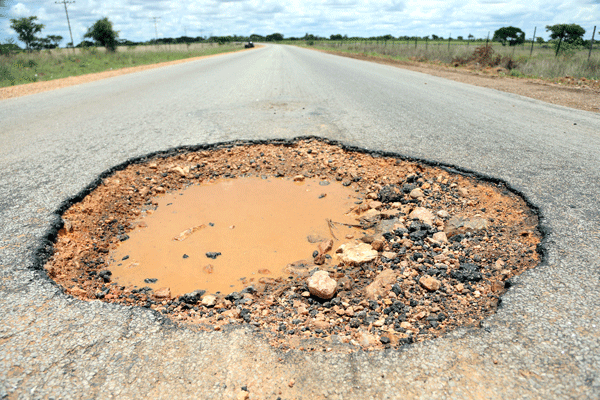
One of the requirements for implementing public-private partnerships (PPPs) is undertaking an extensive feasibility study. A feasibility study is an evaluation and analysis of a proposed project to determine if it is technically and financially-sound.
PURCHASING & SUPPLY NYASHA CHIZU

A project should deliver value and be undertaken to satisfy a particular need. Technical evaluation in a feasibility study is the determination of whether the project is practically sound in general. The costs of undertaking the works must demonstrate that the project is capable of generating surpluses or profits in the private sector. The general cost of the service must attract consumptions or the demand of that service and must compete with substitutes and alternatives in case there are any. If such investment in feasibility studies was seriously considered in the public sector, the construction of white elephants would be avoided.
Research revealed that where infrastructure is provided for by the private sector and is sustained by user fees, a feasibility study would filter white elephants, projects that do not add value to society. Such white elephants only erode taxpayers’ money and limit the availability of essential services when governments chose to invest in wood instead of trees. When projects such as state-of-the-art road networks are built and supported by commerce which operates by means of them, such infrastructure can only be made where commerce demands them. Engagement of PPPs to provide infrastructure where the project recoups from user fees are only undertaken if they are expectations of profitability. This is so because only profitable public projects are able to attract concessionaire. No sane investor would want to throw money in a bottomless pit.
The other benefit is that where projects are expecting revenue streams from user fees, there is general appetite of raising the fees to make the project viable. Raising user fees makes the project higher than the social optimal.
This then compels the project partners to avoid over-engineering projects at the expense of preserving the social value of the project.
PPPs have an income distribution effect, although projects such as toll roads on existing projects are criticised for being unfair to lower-income users. The major benefit to lower-income bracket from such arrangement would only be improved and well maintained infrastructure. Toll roads are then generally regarded as a means of rationing by decongestion as opposed to an effective market solution. The argument loses steam on greenfield projects for toll roads that provide additional infrastructure. The lower-income users benefit from such new investments in that congestion is reduced when some users divert from original roads to tolled highways. The tolled highways further add efficiencies in general logistics by providing faster routes for urgent consignments. Availability of options is always a solution in its own right. The third benefit is that the users of the tolled highways pay for it rather than burdening the ordinary taxpayer.
A poorly designed PPP is measured by the rate at which the project is implemented. This is against the background that PPPs are aimed at benefiting from efficiencies of the private sector. If the feasibility study results indicate that a PPP project is viable, surely, the appetite of the private sector to implement it so as to quickly recover the investment from user fees is very high. Where a PPP agreement is entered into and the private player is hesitant, serious administrators should take a step back and evaluate whether the project is not a white elephant.
- Chamisa under fire over US$120K donation
- Mavhunga puts DeMbare into Chibuku quarterfinals
- Pension funds bet on Cabora Bassa oilfields
- Councils defy govt fire tender directive
Keep Reading
No private sector player would ever want to sink investment in white elephants. There might be need to redesign the project so that it is economically feasible.
This is, especially, critical given the fact that the performance of any administration is measured by the projects promised, implemented and completed.
It is high time Zimbabwe considers the design of its PPPs to make them economically feasible so that they are attractive to the right type of partners that are capable of delivering projects.
Nyasha Chizu is a fellow of the Chartered Institute of Procurement and Supply writing in his personal capacity. Feedback: [email protected] Skype: nyasha.chizu











